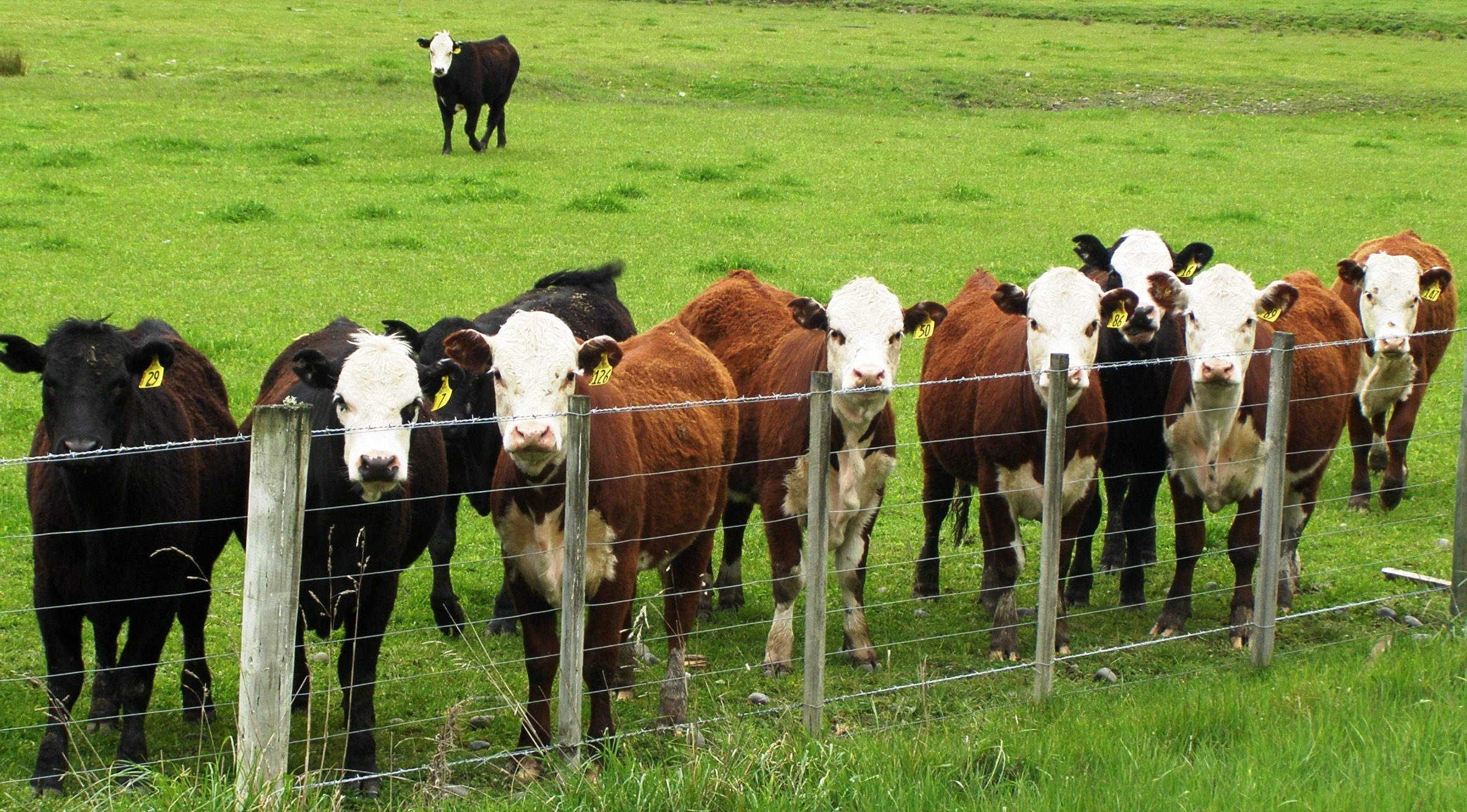Sometimes in this line of work the misery and poor circumstances of others creates profitable trading opportunities for our clients and us. Hurricane Sandy is making life miserable for millions of people. However, it is also providing us with an opportunistic trade in the cattle market. Millions of houses, stores and restaurants without power means that there will be lots of spoilage. Replacement of the red meat can only come from existing supply. Therefore, as we mentioned last week, tight current stocks will grow even tighter as the kill rate increases from animals already on the feedlots to meet the surge in demand.
My first experience with this trade was the ’03 Northeast blackout. The initial rush to liquidate positions in all markets and sell stock index futures to protect equity positions came in as a hedge against a repeat of the nightmare attacks of September 11th. Once it became clear that the blackout was caused by a power grid failure, the markets resumed their normal trading pattern and fear subsided. That was the largest blackout on record and affected approximately 55 million people. The crushing demand to refill the freezers created a 20% rally in the live cattle market that started on August 14th of ’03 and powered to a peak two months later.
Two thousand and five brought hurricane Katrina to the Gulf coast and displaced more than a million people. Obviously, there was far more to the reconstruction than just getting the power back on. For the sake of our purposes, the total loss of all red meat in houses, stores, restaurants and storage facilities caused the cattle market to rally 12.5% between September 1st of 2005 and October 12th.
The second largest power outage took place in Europe when the power grid failed and created massive blackouts in Germany, Spain, France, Italy and Belgium. This happened in November of 2006 and created an initial rally in the cattle market of 18.6% as cattle prices bottomed at $85.55 on November 4th. This also effectively put a bottom in the market for the next several months, finally peaking at 102.02 on March 12th of 2007.
Later in 2007, Barcelona went dark, affecting more than 1.5 million people. This was one of the longer outages as it took up to 78 hours to get the power back on throughout the city. The net effect was a rally in live cattle prices from July 23rd of 2007 through the end of the month of 8.7%.
The most recent example is Japan in March of last year. The tsunami and evacuations displaced around 500,000 people. Obviously this was a case of bringing only what they could carry and leaving everything else behind. Therefore, all perishables were a 100% loss. Fukushima’s impact on the cattle market was an 8.3% rally between March 18th and April 4th of 2011.
The current power outage estimates due to Sandy appear to be around 7.5 million people. It’s been reported that nearly a quarter of New York City is still without power as well as the same proportion throughout the state of New Jersey. This equals about 1.8 million people in NYC and another 2 million in New Jersey. The sum total of people without power into their second day is another 2.3 million in the surrounding areas with Pennsylvania in the worst position with more than 900,000 still without power.
The December live cattle futures are currently trading around $126 per hundredweight. The average statistics for the outages cited is a rally of 13.5% peaking 28 days after the event. This gives us a target price around $143 per hundredweight and a target date of November 27th. Given the current look of the live cattle chart, we will be buying the market as it picks up steam and risking the trade the recent low of $124.60. Therefore, our risk profile for this trade is to risk $800 per contract while hoping for a profit of as much as $6,640. We will start to lock in profits however at the much less greedy level of $136.70, which represents the minimum average upside movement we’ve seen during events like this while still maintaining a solid profit/loss ratio of $4,000/$800.
This blog is published by Andy Waldock. Andy Waldock is a trader, analyst, broker and asset manager. Therefore, Andy Waldock may have positions for himself, his family, or, his clients in any market discussed. The blog is meant for educational purposes and to develop a dialogue among those with an interest in the commodity markets. The commodity markets employ a high degree of leverage and may not be suitable for all investors. There is substantial risk of loss in investing in futures.





